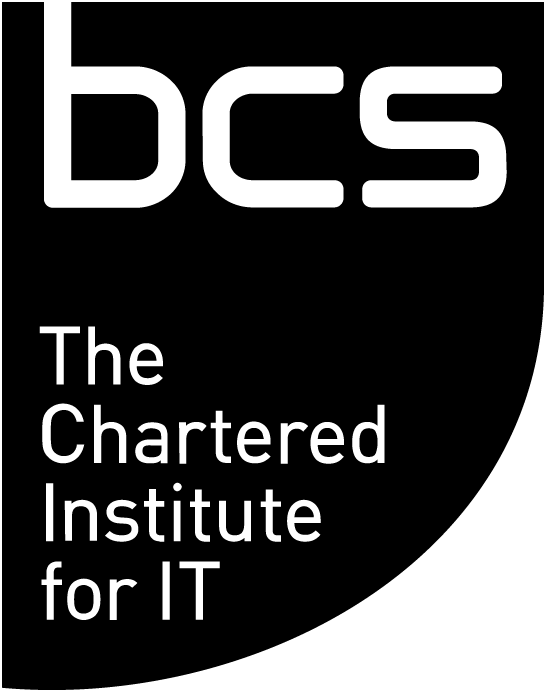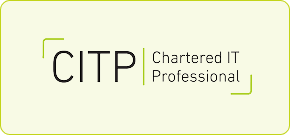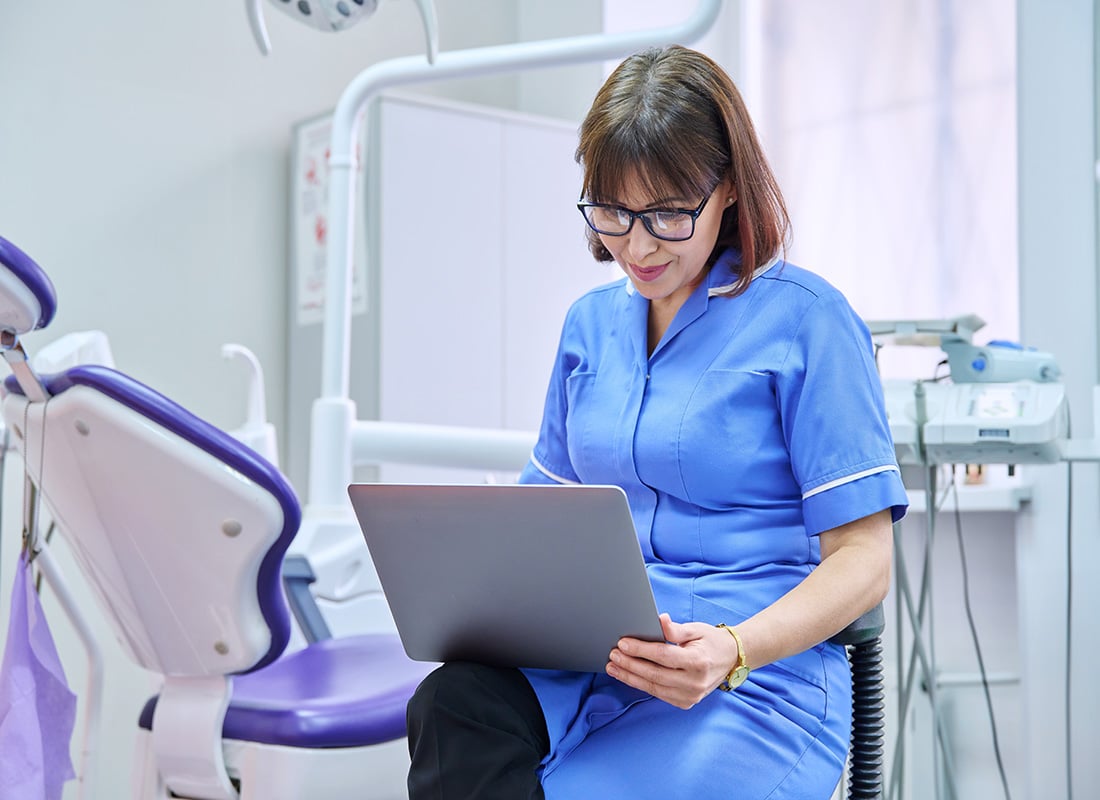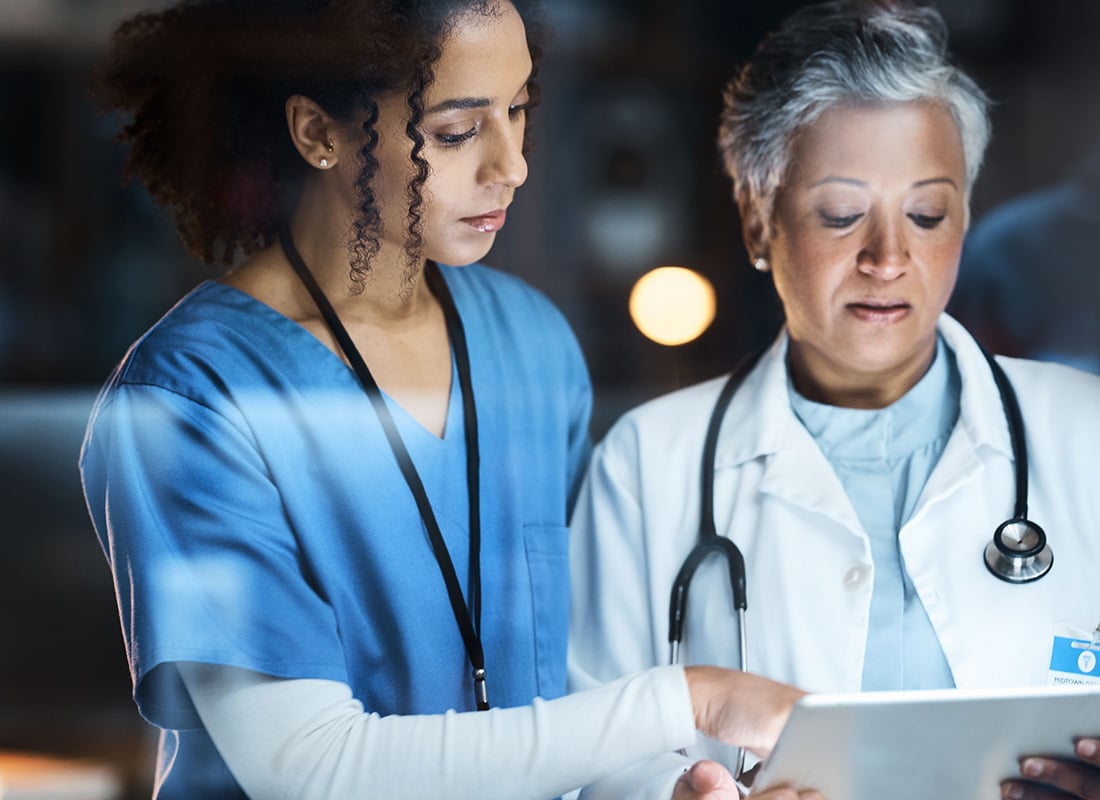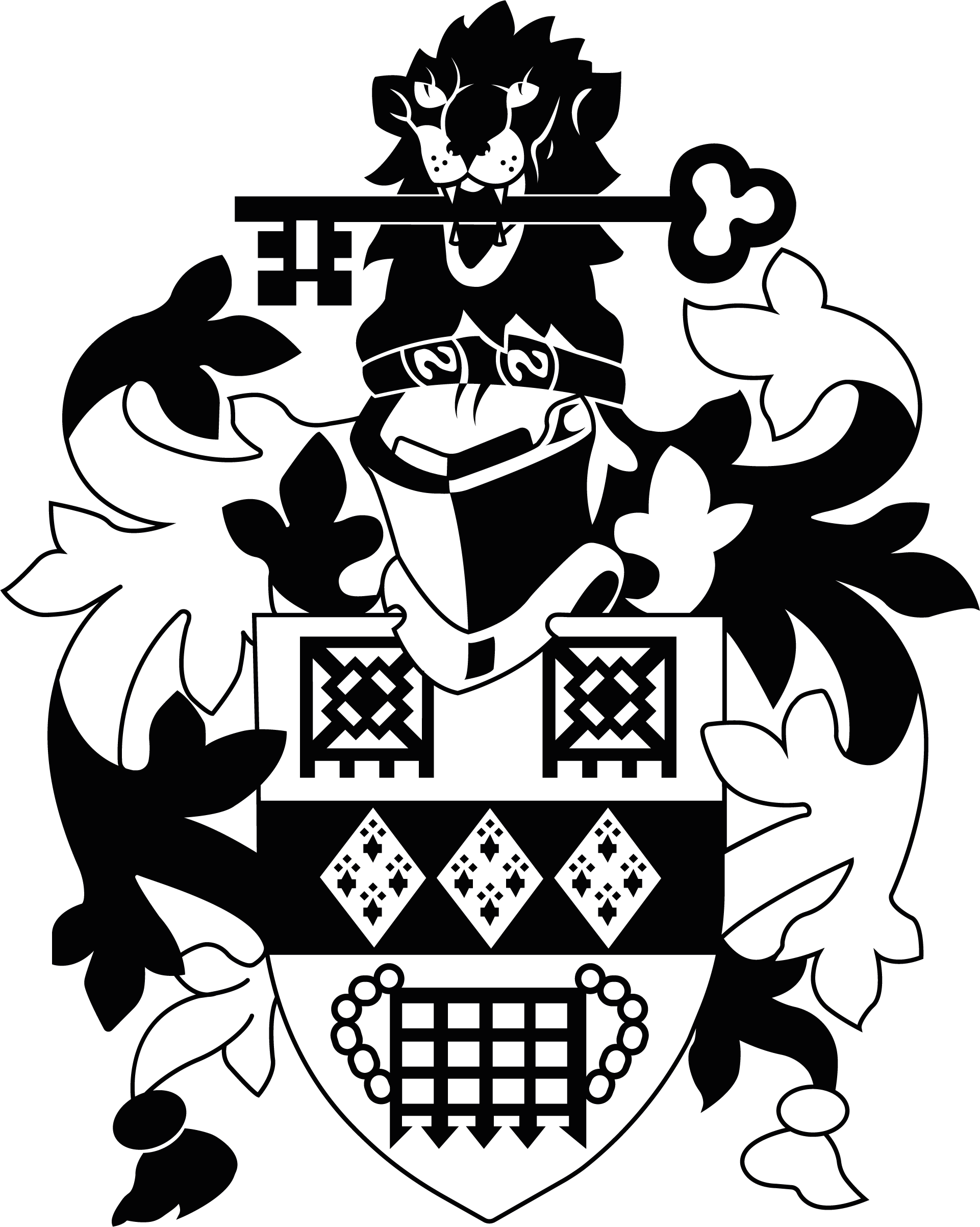Andrew Raynes, CIO and Senior Information Risk Owner (SIRO) at Royal Papworth Hospital talks to Grant Powell MBCS about the innovative use of RFID tracking and robotics to support a people, process, technology approach.
Andrew Raynes is Chief Information Officer (CIO) and Senior Information Risk Owner (SIRO) at Royal Papworth Hospital, the UK’s leading cardiothoracic centre and rated outstanding by the CQC. Here Andrew explains how digital transformation, particularly the use of radio frequency identification (RFID) and robotics, has become instrumental in the running of such a cutting-edge hospital.
Can you give us some information about Royal Papworth Hospital?
Royal Papworth has been named as one of the top 100 hospitals globally. We have around 130,000 patient ‘episodes’ a year, and we have just over 300 beds, most of which are single occupancy rooms with en-suites, so everyone gets their own space. We've got just over 2,500 staff.
We’re based on the Cambridge Biomedical Campus now, moving from Papworth Everard, which is about 13 miles away. That was a huge undertaking. In fact, that’s when I joined the trust. The move itself was a project of enormous scale, but we came out of it with a fantastic new hospital and modern infrastructure, and since then we’ve been on this incredible journey of digital transformation. We were granted royal status in 2017, celebrated our centenary in 2018, moved sites in May 2019 and were awarded our outstanding CQC rating in October 2019.
What about your own journey into healthcare and technology?
I actually started out in the NHS as a hospital porter, believe it or not. Before that, my life had taken a bit of a turn. I lost my dad in a car accident when I was 17 which threw our whole family off course. I’d just finished my A Levels, and to help me re-socialise my mum said, ‘You need to go and work.’ So, that’s what I did. Being a porter gave me an amazing grounding — you see how a hospital really runs, who does what, how people interact… it’s a unique insight, and it’s helped me massively as I’ve moved into more senior digital roles.
I joined one of London’s major acute trusts, which was in special measures at the time. I came in as part of a turnaround team, helping to use digital as a tool to improve care and operational effectiveness. And from there, I came to Papworth. It’s been a 25 year journey, really, from the ground floor to where I am now. I paid for my own master’s degree in healthcare informatics when I was 40, which was something I was really determined to do, and I’ve been lucky enough to be recognised as part of the CIO 100 for the last three years. Apparently, I’ve just won a ‘legend’ award… although I think that’s probably more to do with how long I’ve been in the profession than anything else!
I try to approach everything with people at the heart of it. You can’t fix problems with technology alone, it’s always people, process, then tech. That’s the formula. And understanding what life is like at the coalface helps you design better systems.
Can you explain how RFID tracking has been implemented and how it has transformed asset tracking and patient safety?
RFID has been really exciting for us. We’ve built a whole infrastructure around it that supports our iAssets solution. To make it work you need a decent foundation, so we built that using GS1 standards. We are a Scan4Safety hospital which means everything we do around traceability and tracking is standards based.
We use something called a global location number (GLN) for every room in the hospital — like assigning each space its own postcode, if you imagine the hospital as a big map where every location is uniquely tagged. We’ve got an RFID network in the ceiling that talks to anything that has an RFID tag on it, be it a bed, a defibrillator machine, a ventilator, a WOW (workstation on wheels) — all of them can be tracked in real time using iAssets, our asset tracking system. Before this system, if something like a syringe driver or infusion pump went missing, people had no choice but to walk from ward to ward, calling other departments and effectively wasting time. Now, with RFID and the iAssets solution we can log in and see exactly where any item is at any point.
It’s also a massive boost for productivity, and not just for clinical staff. Our estates and medical engineering teams are saving time too. Instead of taking half a day to audit a ward’s kit, they can do it in five minutes with a handheld scanner. It’s a great example of lean working; everything in its place and everything accounted for. And if you’ve got equipment that’s due for maintenance or has been recalled, being able to track it down instantly is a huge patient safety benefit.
How does robotics fit in? I understand that there is a robot in use in the pharmacy department…
The RFID part is actually just one part of the Scan4Safety journey. It starts when goods arrive at the hospital. Every product has a GS1 identifier, so we scan them into the system, and from that moment, we know exactly where those items go, who uses them, and on which patient.
This also includes drugs. We’ve got a closed-loop medication process, which again relies on GS1 standards. When a drug is prescribed, it’s picked by a robot from pharmacy. That robot scans the barcode, matches it to the patient’s wristband, and double-checks the prescription in real time. So, if it’s not the right drug, or not the right dose, the system flags it. That means fewer medication errors, safer care and ultimately better outcomes.
You’ve also implemented the Versius surgical robot for thoracic surgery. Can you tell us about that?
Versius has been another huge leap forward for us. It’s a robotic system that assists in minimally invasive thoracic procedures, and the benefits have been really significant. We introduced it in 2023 and it’s the kind of innovation that immediately started to pay off.
What’s been fantastic is how much support we had from the clinical teams from day one. It wasn’t one of those tech rollouts where you have to drag people along with you, they were actually asking for it. That’s quite unusual in healthcare, to be honest! Normally you would expect a bit of resistance, especially if people think the technology is going to get in the way of clinical expertise. But in this case, the surgeons could see the benefit straight away and realised that it could elevate the kind of surgery we do here.
And it’s not replacing the surgeon, it’s augmenting them. The robot doesn’t make decisions. It’s more like a precision tool that gives the surgeon even more control, especially in tight spaces. For thoracic procedures, where every millimetre counts, that extra control is invaluable.
What has been the overall impact of using the Versius system?
The real success story is that we’re seeing people being discharged on average two days earlier than they would’ve been with conventional surgery. That represents a far better experience for each and every patient. It’s also a massive saving in terms of beds, nursing time and resources. When you’re freeing up beds early, the return on investment starts to look very compelling very quickly. And that's without even factoring in the improved outcomes and reduced readmissions.
We’re currently looking at how to roll out Versius to other surgical disciplines as well. It’s modular and more compact than some of the older robotic systems, so it fits better into our theatres, and because it integrates with the wider GS1 ecosystem we’ve already got the necessary traceability and safety infrastructure in place.
What challenges have you faced?
Some of the challenges have been technical, while many have been more cultural. I think one of the big ones early on was integration. You’ve got all of these legacy systems, sometimes decades old, and they weren’t exactly built with interoperability in mind.
For you
Be part of something bigger, join BCS, The Chartered Institute for IT.
Trying to add modern, real-time technology like RFID or a surgical robot into that mix takes careful planning. There’s also information governance to consider. Everyone quite rightly wants to know where the data is stored, who’s accessing it and what happens to it after it’s used. We’ve had to build that trust with staff and the public, to show that we have very robust controls in place. As SIRO, that’s part of my core role, to carefully balance innovation with risk management.
Then there’s change management. With RFID, for example, you’re essentially asking people to change how they do things day-to-day. It might mean scanning a device when they move it, or checking iAssets before calling procurement for a replacement. These are only relatively small changes to the way people work, but they do require a behavioural shift, with proper training and support.
Looking ahead, how do you see the role of automation and real-time tracking evolving in healthcare settings?
You can have the shiniest bit of tech in the world, but if people don’t know why it’s there, or how it helps them, it’s not going to get used. Or worse, it’ll get used badly. We’ve learned a lot over the years about not just dropping in new systems and hoping for the best. We go out to wards, run training sessions, listen to feedback and change things as a result. There is no point deploying a chatbot or an AI scheduling tool if what your staff actually need is a laptop that doesn’t crash or a reliable WiFi signal.
With some technologies you have to push back, especially if you feel that they don’t directly benefit the user. That’s why I always say that we’ve got to understand what problem we’re trying to solve, and make sure we don’t just implement tech for tech’s sake. Understanding the need, understanding the workflow and always bringing people with you is the aim. It’s that whole ‘people, process, technology’ mantra, and I really do believe the people bit comes first.
Across all healthcare settings we’ve got workforce pressures, resource challenges and long waiting lists, so anything that can make processes more efficient without creating burnout among our people is absolutely worth its weight in gold. It might be AI, it might be robotics or it might be automation — whatever technology is most applicable to solve the problem at hand. If I can help a nurse spend 10 fewer minutes searching for a pump, that’s 10 more minutes they can spend with a patient, and that’s where real value lies. The key is understanding where the friction is, where the waste is, and targeting those areas to make a real difference.
